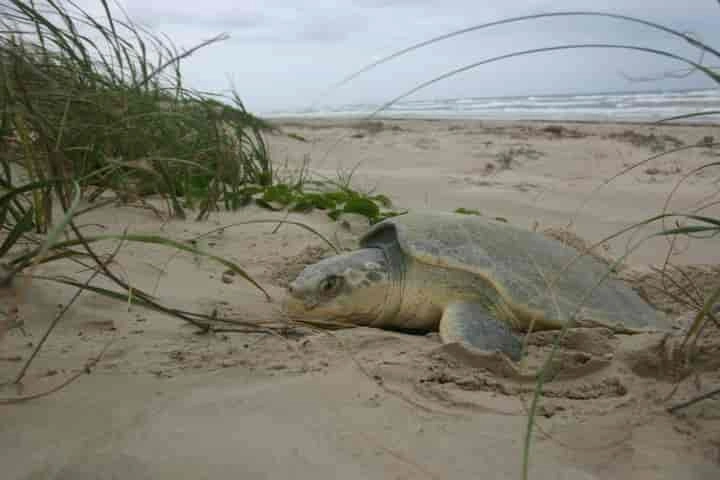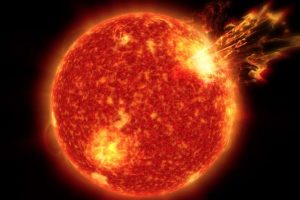With global warming, climate change and human activity having endangered the very existence of Kemp’s Ridley Sea turtles any news about them that cheers, is more than welcome! That is what has transpired as one these world’s smallest, rarest, most endangered and imperilled creatures laid eggs on a beach in Texas, as per a report in smithsonianmag.com.
Moving in quickly to safeguard this new nest, conservationists, removed and relocated it carefully to an incubation facility.
Exciting news! After 10 long years, the highly endangered Kemp’s Ridley sea turtle has returned to its nesting grounds on Galveston Island #Texas. 107 eggs were recently found! https://t.co/XnDzSUu1Gf#KempsRidleySeaTurtle #conservation #endangered #seaturtle pic.twitter.com/KUfYnuDXXd
— The Ellen Fund (@TheEllenFund) July 7, 2022
Explaining the reason, Theresa Morris who is the Rehabilitation Hospital Manager at Texas A&M’s Gulf Center for Sea Turtle Research, in a statement said: “This is because almost all nests in the upper Texas coast zone would become inundated, crushed or predated if left in place.”
These reptiles face a variety of threats like high tides and storms that wash away the beaches in Texas, thereby reducing their nesting sites. Besides this, their eggs are preyed upon by shorebirds and other predators, while the adult creatures get entangled in fishing gear, struck by ships and at times choked by trash in the water.
Now considered the rarest sea turtle, this wasn’t the case in the past. An amateur video shot in 1947 near Mexico’s Rancho Nuevo shows them nesting in thousands in just one day, according to the National Oceanic and Atmospheric Administration. The reduction in the numbers started in the coming decades and in order to provide them a chance to recover, from 1978 and 1988, eggs from Mexico were brought by scientists to Texas and the hatched young turtles were released. This was done in the hope that when these young ones become adults they will return to nest there.
In Texas in 2012, 209 nests were found. At the global scale, 702 nests in 1985 was the lowest number while in 2009 it was found these turtles had dug 20,000 nests. From then there has been huge fluctuation in the numbers.
This new site in Texas – Babe’s Beach — has no history of Kemp’s Ridley turtles nesting. The reason why these turtles have chosen this place is because of the shoreline replenishment project of 2015. Under this project, the US Army Corps of Engineers Galveston District regularly dredged the Galveston Channel to dig out sands from the very bottom to enable big ships to pass. In these years, the dredged sand was moved to beaches of the city, mainly the Babe’s Beach. So far 1.7 million cubic yards of sand has been deposited to fortify the shoreline. The authorities never expected nesting as one of the gains. Thus, the statement calls it “an unintentional benefit”.
This summer has heralded good news on sea turtles’ front. In June, in the southern US, 45 Kemp’s Ridley hatchlings successfully reached Texas’s Matagorda Bay while turtle tracks were identified in Mississippi which led to finding the first sea turtle nest on the State’s Gulf Coast since 2018. These eggs the scientists said could be that of Kemp’s Ridley or to the endangered Loggerhead, stated a report in Sun Herald. Of course, it will become clear once the eggs hatch in 50 to 60 days.
Talking to Sun Herald about these positive signs, Moby Solangi, who is a marine biologist said: “After all the environmental disasters we’ve had, this is a good sign. When [turtle populations] have gone down, it means the ecosystem that supports them is having difficulty. When animals start breeding, it means things have started to get better.”




















